Breastfeeding is an amazing journey a mommy takes with her baby and while a completely natural thing, that doesn’t always mean it’s easy and having a little knowledge about breastfeeding and breast milk can go a long way to make the journey easier and more enjoyable.
Note: This post contains affiliate links (denoted as AL) and images meaning if you click any product link and make a purchase, Beyond Mommying may receive a small commission which is used for the upkeep of the website; however, it will not affect your purchasing experience in any way. Read more about our use of affiliate links.
These are the ABCs of Breastfeeding and Breastmilk:
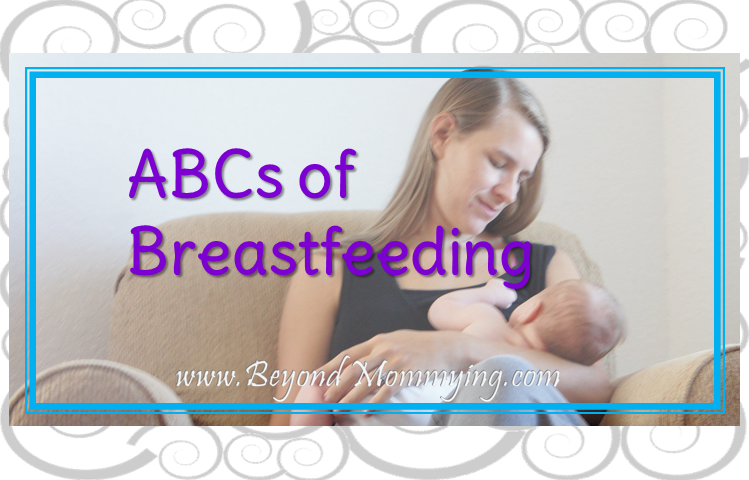
Areola
The areola is the dark circle on the breast which surrounds the nipple. When breastfeeding, a proper position involves getting as much areola as possible in baby’s mouth to allow for both optimal sucking power for baby and comfort for mommy.
Bonding
While obviously not the only way to bond with a newborn, breastfeeding provides a closeness like nothing else.
Colostrum
The first milk to come in after birth is colostrum, also known as “liquid gold” due to it’s yellow-ish color and power-packed nutritional content and antibodies that are perfect for new tiny tummies.
Dripping
Dripping or leaking while breastfeeding is very common. Breast may leak from both breasts while baby nurses, when overly full or when thinking about baby or hearing a baby cry. Nursing pads(AL) are helpful in keeping breasmilk dripping from saturating or staining clothes.
Expressing
Expressing breast milk means removing breast milk from the breast by means other than a baby suckling. It can be done manually (hand expression) or with a handheld (AL) or electric breast pump
(AL).
Foremilk
Breast milk changes quality throughout the length of a full feeding session. Foremilk is the beginning milk that tends to be waterier and less nutritionally dense and quenches baby’s thirst.
Gynmastics
Breastfeeding gymnastics is a phenomenon that occurs later in the first year when baby begins to be mobile and uses nursing time to practice their downward facing dog and headstands.
Hindmilk
Hindmilk composes the ending part of a full breastfeeding session and is fatty and filled with nutrition.
Infection
Occasionally, breastfeeding mothers can contract a breast infection known as mastitis where the milk ducts become clogged and infected. Severe infections are marked by swelling, redness and fever and is extremely painful, often requiring anti-antibiotics.
Journey
Breastfeeding is an amazing journey a mommy takes with her baby with many ups and often some downs.
Kellymom
Kellymom.com is an extensive online resource for breastfeeding moms with information on everything from pumping to rare conditions and situations.
Latch and Letdown
Latch is the way baby places his/her mouth around the areola and letdown is when the milk starts flowing. Both are important components of breastfeeding.
Mammary glands
Mammary glands are where a mommies milk is made and stored prior to feeding.
Nipple
The nipple is the protruding part in the middle of the areola. Each nipple consists of many duct openings which is where milk is released from during feeding.
Oversupply
Breastmilk oversupply is a not often discussed occurrence where a mother makes more milk than her baby requires and can cause tummy upset and slow growth for babies since they don’t receive enough of the fatty hindmilk.
Pump
A breast pump is used to remove breastmilk from the breast and come in many different forms from simple silicone suction pumps (AL) to double electric pumps
(AL) often used by working mommies or exclusively pumping mommies whose babies can’t latch.
Quench
Breastmilk is the perfect food for babies and quenches both a baby’s hunger and thirst and meets all infant dietary needs for the first 6 months or longer.
Rooming-in
Breastfed babies feed often, day and night, and being close by at all times from birth helps to establish early breastfeeding. Placing baby’s bed near mommy’s can make night feeding easier and quicker and has also been proven to reduce the risk of SIDS in the first year (breastfeeding itself also reduces SIDS risk).
Shields
Nipple Shields (AL) are used to help assist babies with latching onto the breast who may be premature or have a tongue- or lip-tie.
Tongue-tie and Lip-tie
Tongue-tie is a condition in which the band of tissue under the tongue is short and tight. A lip-tie is where the frenulum under the top lip is also short or tight. Both conditions can make it hard for a baby to latch properly and nurse and can also cause the breastfeeding mommy pain but both are also easily treated by being clipped by a medical professional.
Uncovered
Breastfeeding in public is a hot topic and whether or not to nurse publicly covered or uncovered is a personal choice for each mommy.
Voluptuous
Many breastfeeding mothers have an increase in breast size and firmness during pregnancy and during the frist few months of breastfeeding making their breasts more full and voluptuous.
Weaning
Weaning is the process of reducing breastfeeding sessions and/or length until baby is not longer breastfeeding at all. Weaning can be a slow process or an abrupt occurance depending on the individual circumstances of each breastfeeding couple.
X-marks the spot
The areola is like a giant bullseye for babies leading them to food and even newborns are known to wiggle their way to the breast by zoning in on the areola.
Years
Normal breastfeeding can last years. There is no right or wrong time to stop breastfeeding but rather is up to each breastfeeding pair to decide when the right time to wean is.
Zzzz
Breastfeeding is a soothing experience for babies and mommies and often lulls nurslings to sleep.

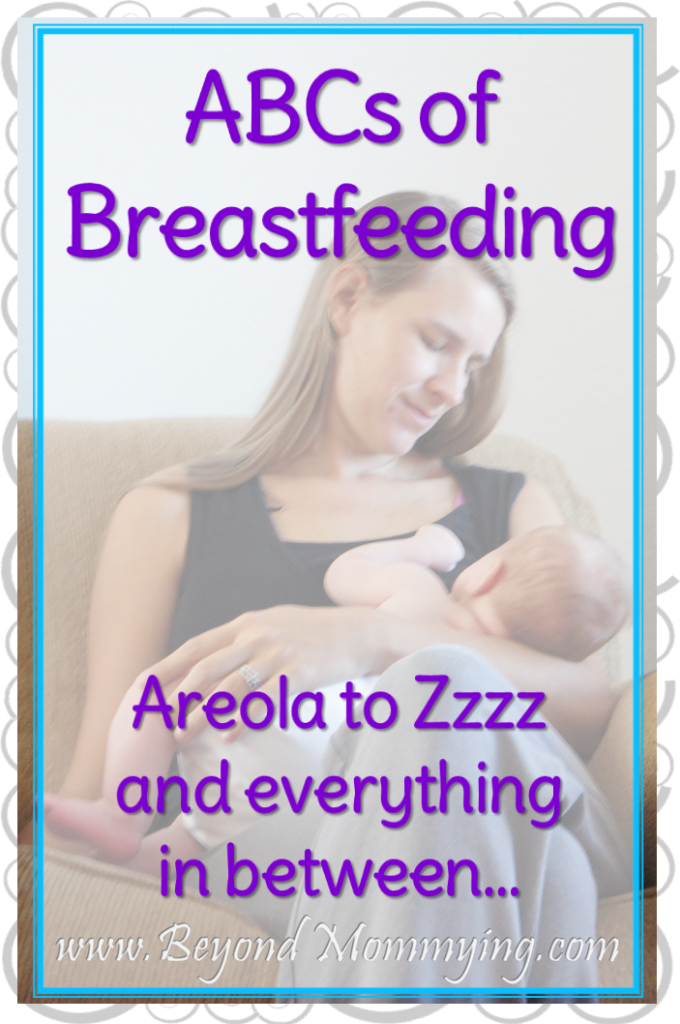

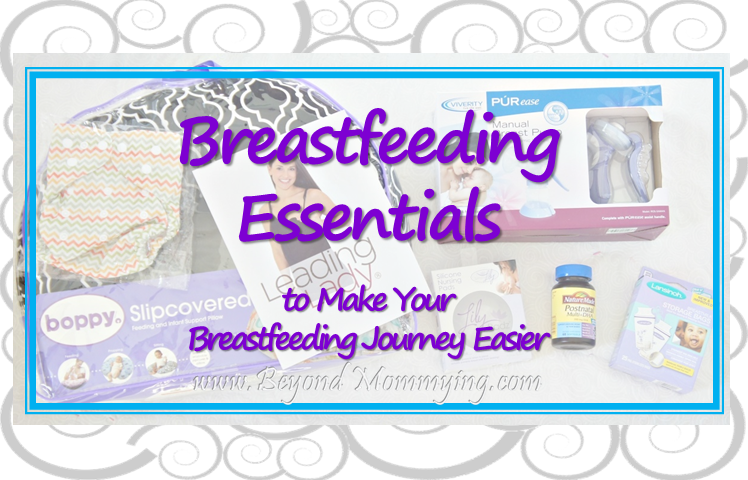
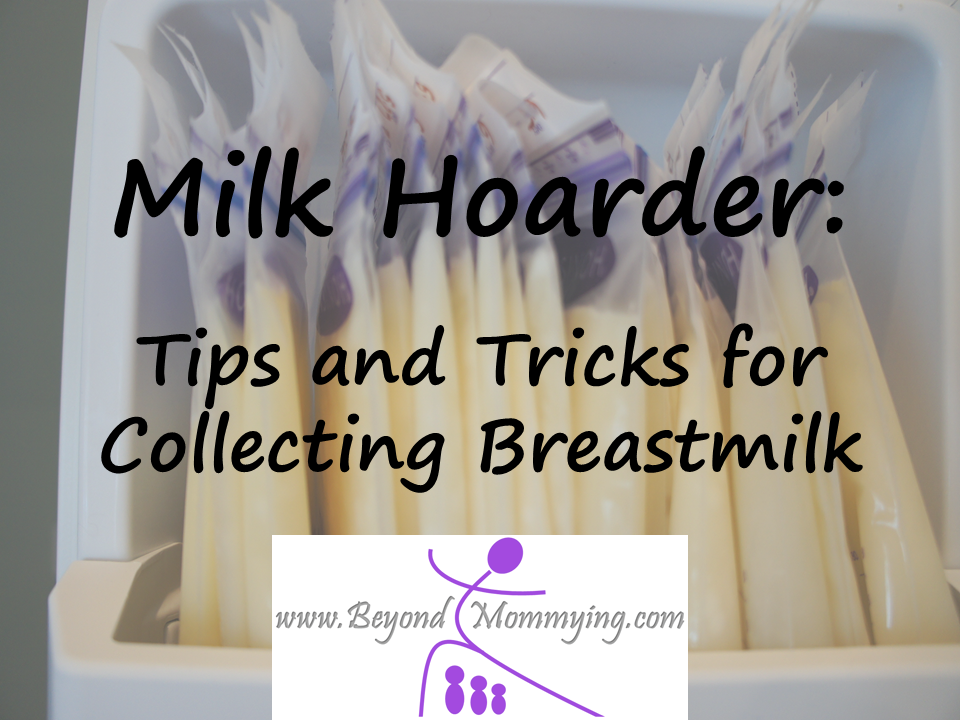
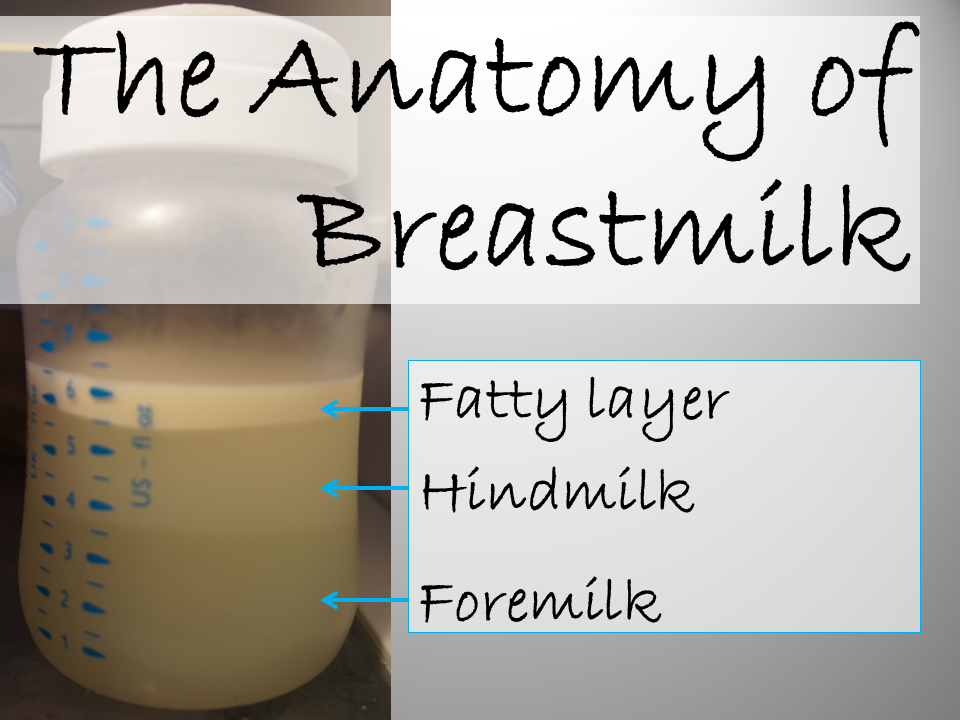
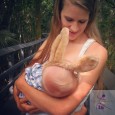
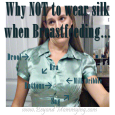

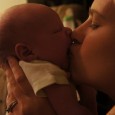
Gymnastics! hahaha!
Breastfeeding gymnastics was by far one of my least favorite things about nursing my kids!